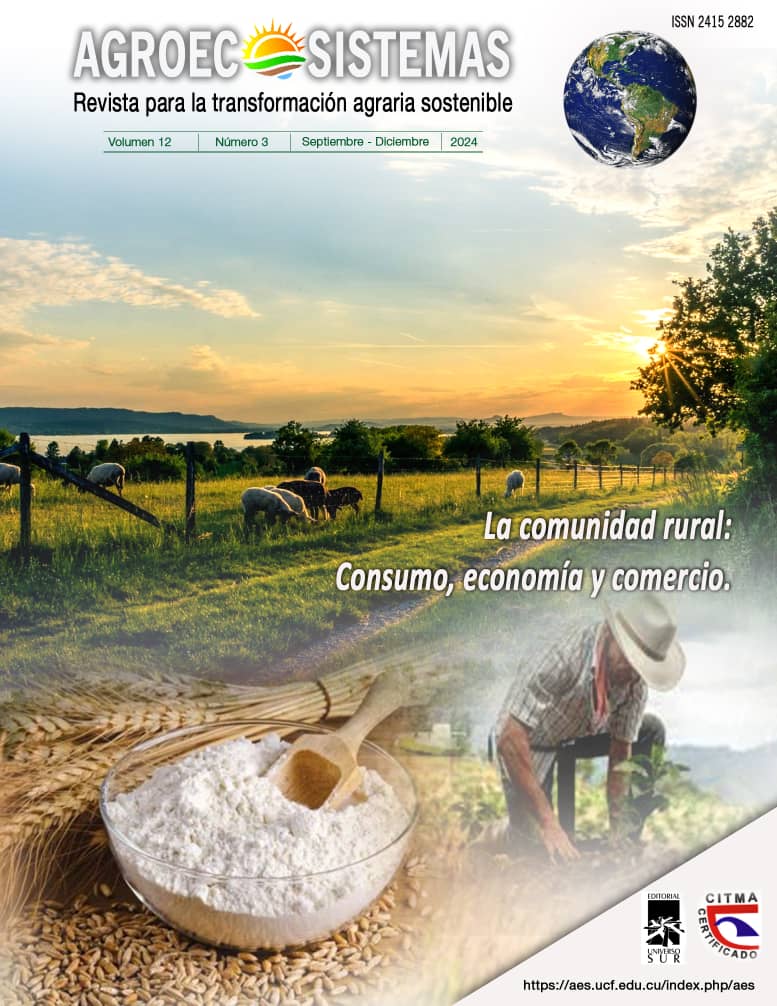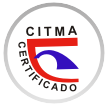Impact of Rural Crime Rates in Ecuador
Abstract
The study of crime in Ecuador's rural areas is essential to understand and address the threats this phenomenon poses to citizen security and the well-being of its inhabitants. This research analyzed the increase in crime rates in Ecuador's rural areas, focusing on the impact of social and economic factors, as well as the limited presence of the State. The objective was to identify the causes of growing insecurity and propose effective solutions to mitigate it. The research employed a mixed approach, combining documentary analysis of regulations and previous studies with recent statistical data. Inductive and deductive methods were used to formulate hypotheses, supported by an analytical-synthetic approach that provided a comprehensive view of the phenomenon. The results revealed a concerning rise in violence and crimes, including drug trafficking and cattle theft (abigeato), particularly in rural areas. This increase was attributed to poverty, inequality, and a lack of basic services, which have allowed organized crime to grow. Additionally, the weak judicial infrastructure and limited police presence in these areas have facilitated the expansion of criminal activities. The main conclusions suggest that it is essential to strengthen the State’s presence, improve access to justice, and promote local economic development to address these challenges. The need to implement preventive strategies that address the structural causes of crime, as well as improve opportunities for young people in rural areas, was also emphasized.
Keywords: Rural crime, Drug trafficking, Rural areas, Citizen well-being, Economic development, Agriculture and security.
Downloads
Published
How to Cite
Issue
Section
License
Copyright (c) 2024 Agroecosystem Transformation Journal

This work is licensed under a Creative Commons Attribution-NonCommercial-NoDerivatives 4.0 International License.
La editorial "Universo Sur", de la Universidad de Cienfuegos, publica el contenido de la Revista Científica Agroecosistemas bajo una Licencia Creative Commons Atribución-NoComercial-SinDerivar 4.0 Internacional.
© Podrá reproducirse, de forma parcial o total, el contenido de esta publicación, siempre que se haga de forma literal y se mencione la fuente.







